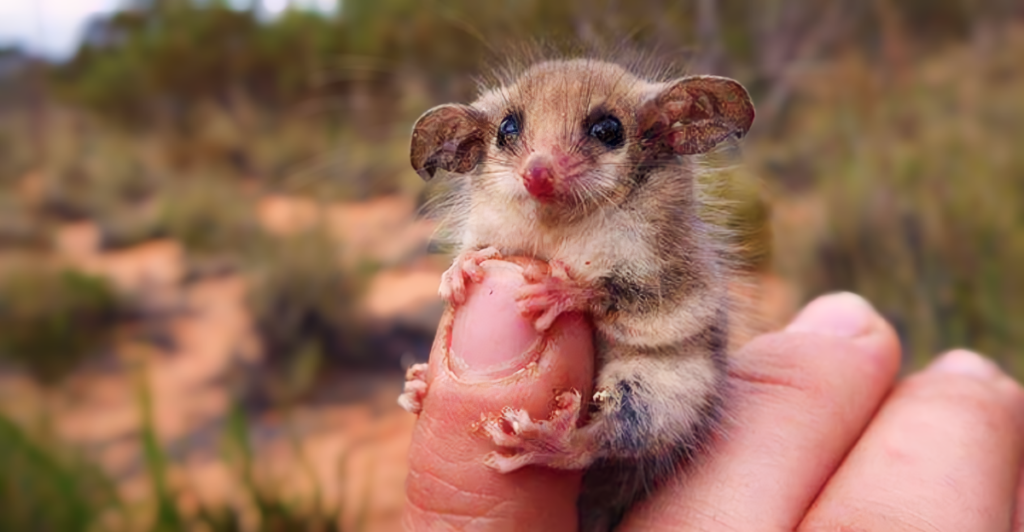
Tiny but terrifying—some of the smallest creatures on Earth carry enough venom or disease to take down humans effortlessly. From deadly toxins to excruciating stings, these miniature killers prove that size doesn’t always equal power.
The Golden Poison Dart Frog—Toxic Enough to Kill Ten Humans
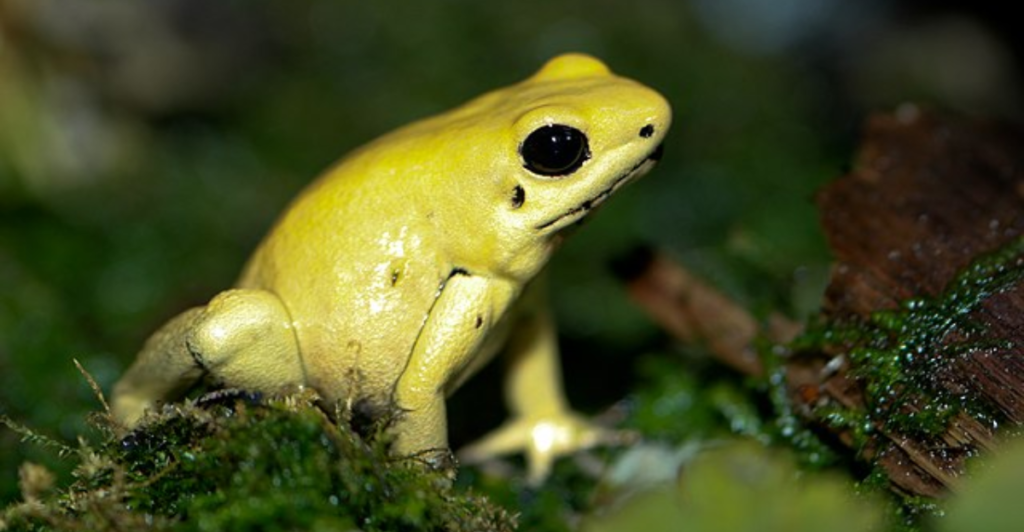
Barely over an inch long, this vibrant frog carries a toxin so powerful it can kill ten adult humans. Found in Colombia, its batrachotoxin stops nerve signals, leading to instant cardiac failure. Indigenous tribes use its venom on blow darts, turning this tiny creature into a lethal hunter’s weapon. One touch could be fatal—nature’s smallest assassin is also one of its deadliest.
Blue-Ringed Octopus—A Bite Deadlier Than Cyanide

This tiny octopus, just five centimeters long, packs venom 1,000 times stronger than cyanide. One bite can paralyze a human within minutes, causing respiratory failure—with no known antidote. Its beautiful blue rings are a warning: stay back or risk one of the ocean’s deadliest encounters. It may be small, but this cephalopod is a silent killer of the deep.
Deathstalker Scorpion—A Tiny Terror with a Lethal Sting
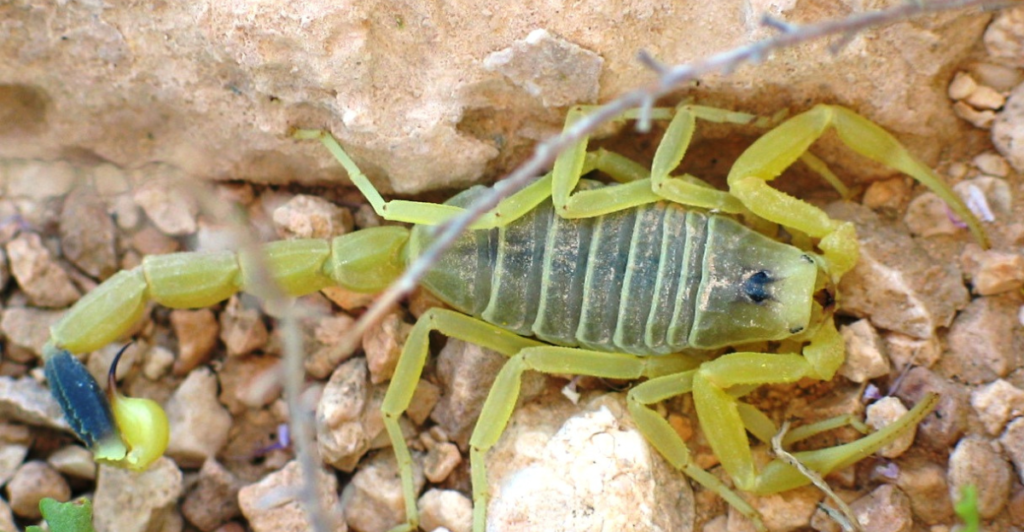
Measuring just four inches, the deathstalker scorpion carries venom that can cause heart failure and fluid buildup in the lungs. Its sting is especially dangerous for children and older people. Found in North Africa and the Middle East, this scorpion’s small size and deadly potential make it one of the most feared arachnids in the world.
Irukandji Jellyfish—A Fingernail-Sized Nightmare

You’d never notice this jellyfish—until it’s too late. Measuring smaller than a fingernail, the Irukandji delivers venom that causes excruciating pain, nausea, and even cardiac arrest. Victims describe feeling a sense of doom before the agony sets in. Lurking in Australian waters, this nearly invisible jellyfish proves that some of the deadliest creatures are also the hardest to see.
Cone Snail—A Beautiful but Deadly Assassin
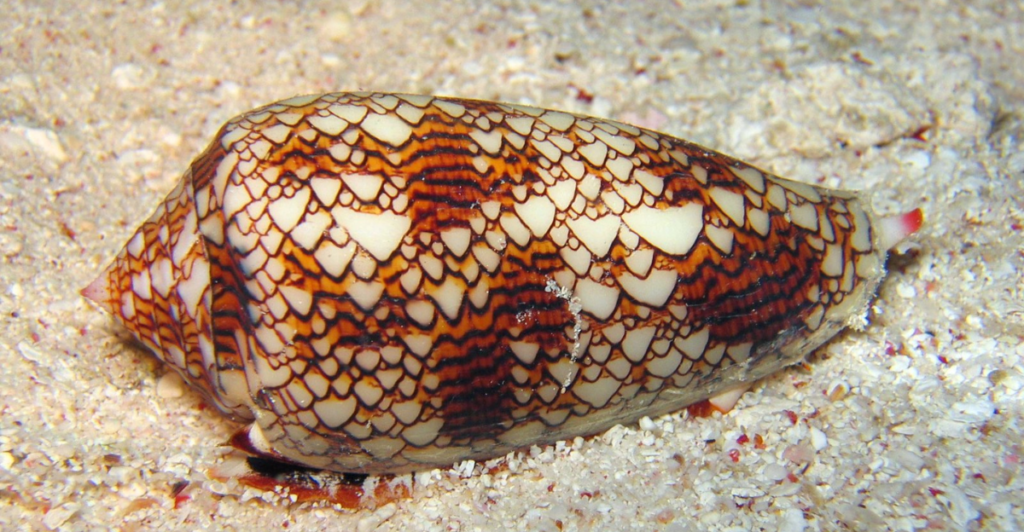
With shells that look like intricate works of art, cone snails hide a deadly secret—venom so potent it can kill up to 700 humans. Just one sting can paralyze within minutes, leading to respiratory failure. Found in tropical waters, these tiny killers prove that danger often comes wrapped in beauty. No antivenom exists, making each sting a game of survival.
Bullet Ant—The World’s Most Painful Sting
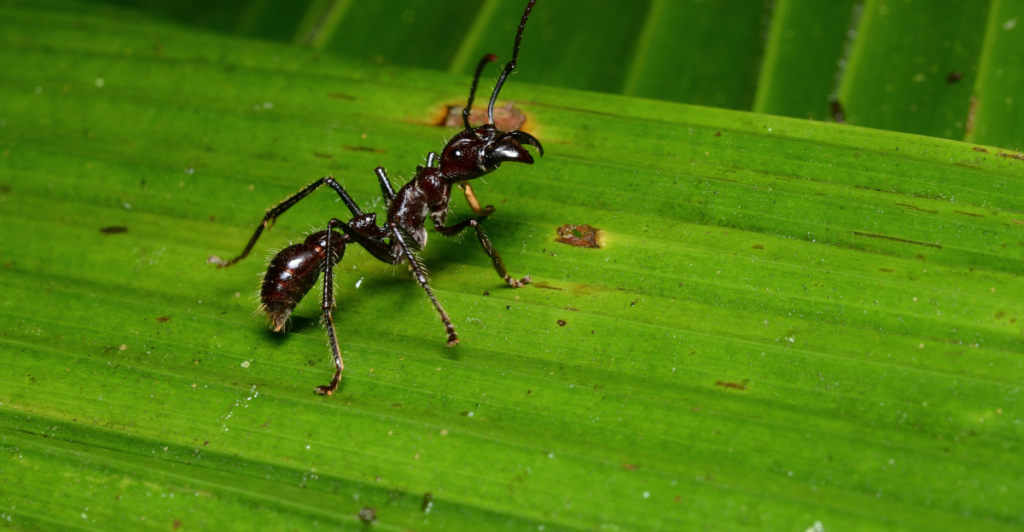
Its name says it all—the bullet ant delivers a sting so agonizing it feels like being shot. Ranking at the top of the Schmidt Pain Index, victims endure hours of pure, burning pain. Native to rainforests in South America, these ants are small but mighty, capable of making even the toughest creatures collapse in agony.
Lonomia Caterpillar—A Walking Time Bomb

This fuzzy caterpillar may look harmless, but a single touch can trigger massive internal bleeding. Its venom prevents blood from clotting, leading to fatal hemorrhages. Found in South America, the Lonomia has caused multiple deaths, proving that sometimes, the most dangerous creatures are the ones we’d never suspect.
Indian Red Scorpion—A Silent Killer in the Shadows
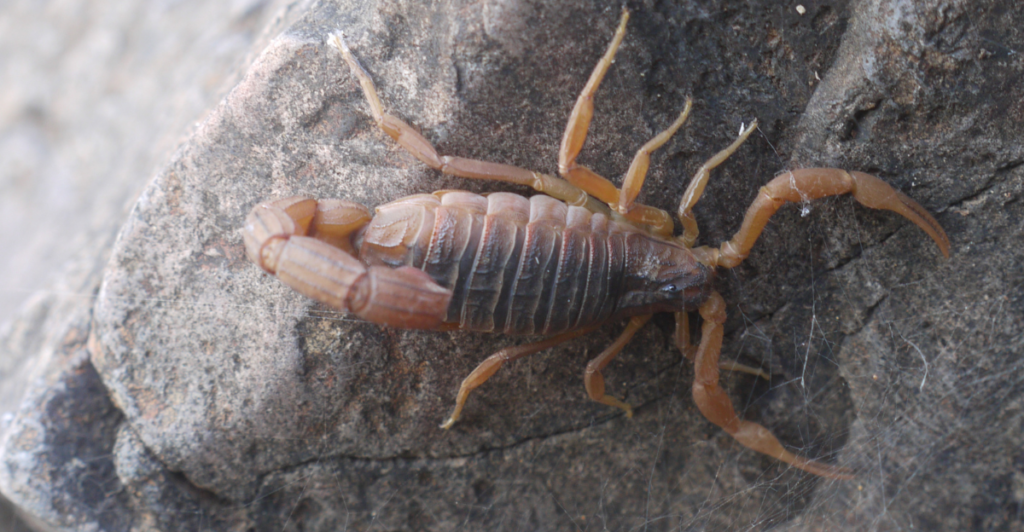
Often hiding in human settlements, the Indian red scorpion delivers a sting that can kill in 72 hours. Its venom can trigger heart failure, seizures, and extreme pain. Unlike most scorpions that live in remote deserts, this deadly arachnid thrives near people—turning villages into danger zones. Without treatment, its sting can be a death sentence.
Tsetse Fly—The Insect That Puts You to Sleep—Forever
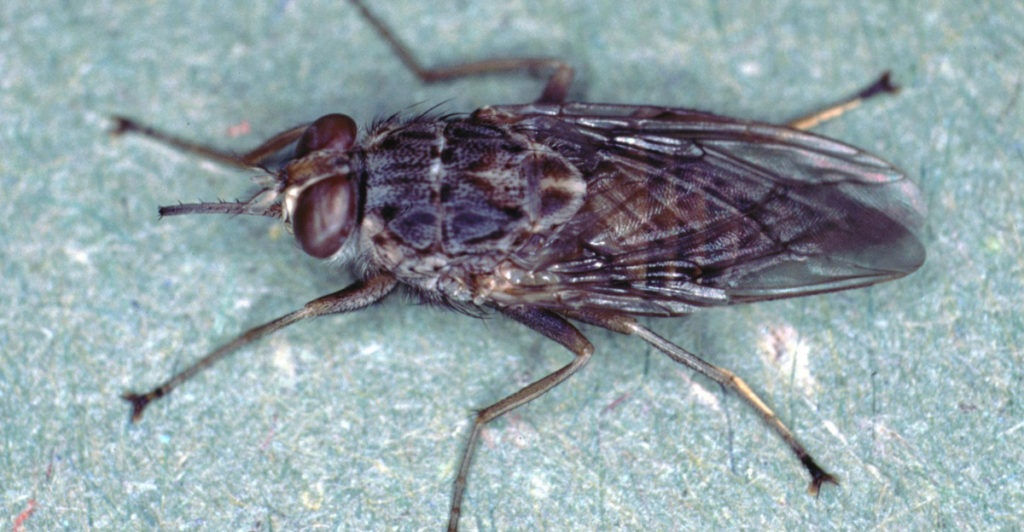
This tiny fly transmits African sleeping sickness, a disease that attacks the brain and nervous system. Without treatment, victims suffer confusion, extreme fatigue, and eventual death. Entire villages have been devastated by outbreaks. It’s small, silent, and deadly—a perfect reminder that the most dangerous creatures don’t always have fangs or venom.
Pufferfish—A Cute but Lethal Delicacy
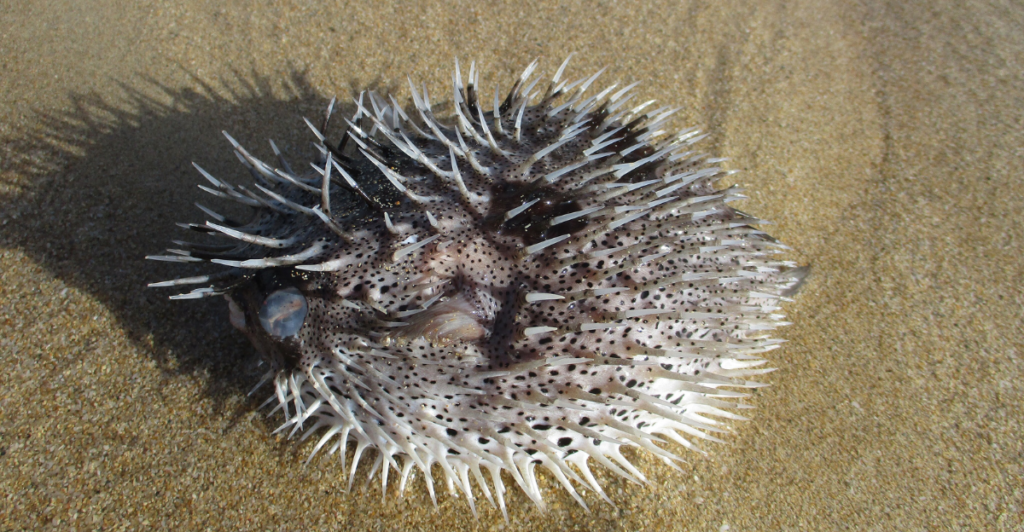
Don’t be fooled by its cartoonish looks—the pufferfish carries tetrodotoxin, a poison 1,200 times deadlier than cyanide. Found in its organs and skin, even a tiny amount can cause paralysis and death. In Japan, chefs train for years to prepare it safely, but one mistake could be fatal. It’s a dish that turns dinner into a deadly gamble.
Mosquito—The World’s Deadliest Creature

It may seem insignificant, but this tiny insect kills more humans than any other animal. Mosquitoes spread malaria, dengue fever, and Zika virus, causing millions of deaths every year. Just one bite can infect a person, making these buzzing pests one of the greatest threats to global health. Sometimes, the smallest creatures are the deadliest of all.
Why Small Doesn’t Mean Safe

From venomous frogs to disease-spreading insects, these tiny creatures prove that danger comes in all sizes. Some are nearly invisible, while others blend into their surroundings, striking when least expected. Their lethal capabilities challenge the idea that big animals pose the greatest threats. In nature, size doesn’t matter—survival does. Stay alert because the deadliest threats might be the smallest ones.







